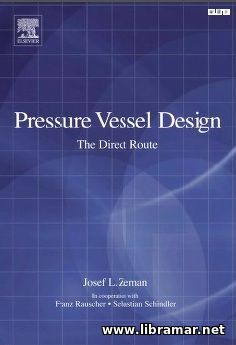DESIGNING CATHODIC PROTECTION SYSTEMS FOR MARINE STRUCTURES AND VEHICLES

| Author(s) | Harvey P. Hack |
| Publisher | ASTM |
| Date | 1999 |
| Pages | 119 |
| Format | |
| Size | 2 Mb |
| D O W N L O A D | |
Cathodic protection is a crucial technique for safeguarding structures and ships from the corrosive impact of seawater. The design of these systems greatly influences the overall lifespan of a structure, with poor designs often incurring significantly higher costs compared to optimized solutions.
Incorrectly designed systems can lead to overprotection, resulting in paint blistering and accelerated corrosion of some alloys; underprotection, which causes structural corrosion; or stray current corrosion affecting nearby structures. The first ASTM symposium dedicated specifically to cathodic protection in seawater was held on November 3, 1998, in Norfolk, Virginia.
The goal of this symposium was to gather and present all relevant criteria and principles for designing both sacrificial and impressed current cathodic protection systems for structures and vehicles in seawater. Due to the complexity of the subject, it was impossible to cover everything in a single day. The papers included in this Standard Technical Publication (STP) are noteworthy because they encapsulate the main philosophies behind seawater cathodic protection system design. The inaugural paper by Hartt introduces the latest method for determining cathodic protection current requirements for marine structures.
Known as the Slope Parameter Approach, this method provides a more precise way to facilitate the formation of calcareous deposits compared to traditional techniques. Recently, this approach has served as the foundation for developing a standard by NACE International. The U.S. Navy has likely created more cathodic protection systems for ships than any other organization.
Recently, the Navy has started utilizing physical scale modeling to accurately position reference cells and anodes, as well as to identify the optimal system size and capacity. The paper by Lucas and colleagues describes the Navy’s methodology for testing these scale models and explains how the results are applied to actual ship designs.
The "Read Later" function allows you to add material to this block with just one click. Just click on the icon and read the articles that interest you at any convenient time.


